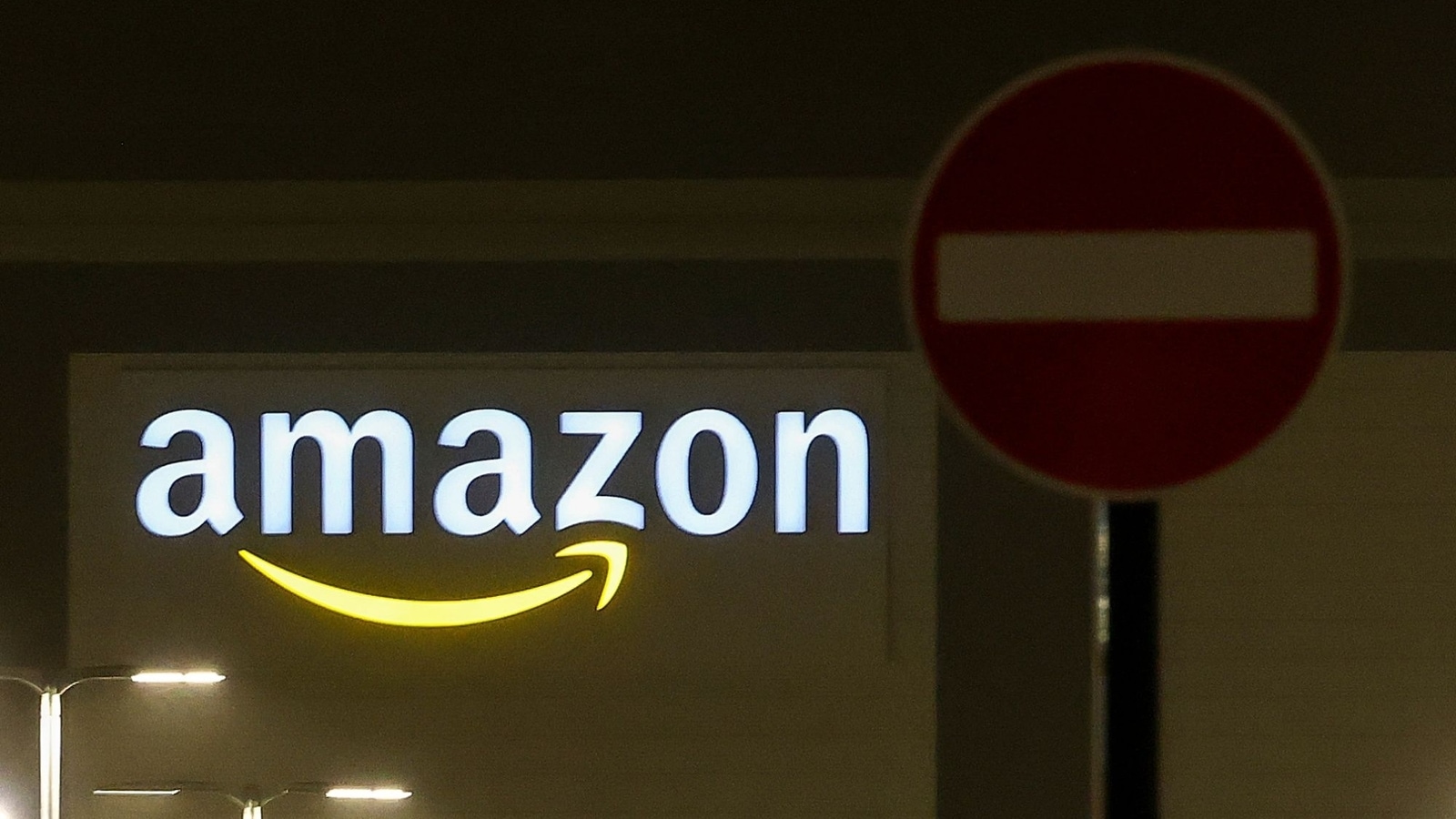Amazon’s Dreaded `Day Two’ Is Too Close for Comfort
The e-commerce giant said it will focus on costs and squeezing efficiencies from the sprawling retail and logistics network it built out during the pandemic.

It looks like “Day Two” is coming fast for Amazon. Thursday's earnings update capped a rough year for the tech giant. It was on the wrong end of consumer spending on essentials and services as inflation soared last year. Its cloud customers pulled back. It closed dozens of sorting facilities after overbuilding to accommodate a wave of online pandemic shopping.
It made plans to lay off thousands of people across its hardware and retail businesses. And on Thursday Amazon.com Inc. printed its first annual loss since 2014 with a warning that the new year was off to a tepid start.
In a sign of the times, Chief Executive Officer Andy Jassy got on the post-earnings analyst call himself, a first in his year-and-a-half-long tenure. Jeff Bezos, who often referred to “Day Two” as shorthand for a culture of complacency setting in at a company driven by being first, famously avoided analyst calls while he was CEO.
To be fair, nearly every tech and retail company has come into the new year licking a few wounds from 2022. The economy has ping ponged its way to a recovery that was fueled by stimulus-rich consumers, who have since slowed spending as their checking accounts start to shrink again. Retailers have scrambled to get rid of excess inventory that was no longer in demand like air fryers and yoga pants, eating into margins.
Amazon lost money for a fifth straight quarter in its north American business, which includes its retail offerings. Right-sizing the business is critical for Amazon as rivals like Walmart Inc. close the gap with bigger online investments and better integration between their digital and brick-and-mortar storefronts. The company also faces growing competition from social media platforms like ByteDance Ltd.'s TikTok, which is luring away shopping search traffic.
Amazon has dug itself out of deep holes before. After taking a $170 million inventory charge for the Fire phone in 2014, it closed some of its less profitable businesses such as travel booking site Amazon Destinations, and gift and loyalty card app Amazon Wallet, while ramping up revenue through its cloud division Amazon Web Services and the annual Prime Day sales event.
Jassy is now on a cost-cutting campaign after a significant cash drawdown that was funneled into acquisitions and new warehouses. Aside from the layoffs, Amazon shut down its health services pilot Amazon Care, child-friendly video calling device Amazon Glow and tests for an autonomous delivery robot. It also trimmed its retail business, shutting all of its non-grocery physical stores to focus on grocery.
“We just had more capacity than we needed,” Jassy said Thursday. “There were just some areas where we didn't have conviction that they were going to be big needle movers for Amazon.” In the short-term, the company faces an uncertain economy, he said.
Grocery is one area where Amazon has a chance to grow sales and market share, and catch up to Walmart. It's yet to take full advantage of its Whole Foods footprint aside from extending discounts on its Prime members service to in-store shoppers and delivering online orders for a fee. The grocery business was a “really important strategic area,” Jassy said. “We're building a pretty broad grocery network across online and physical and you're going to see us continue to work on it.''
Whole Foods and its Amazon Fresh stores, which use touchless and cashier-less checkout technology, target a high-income, younger shopper and are easy places to grocery shop. Amazon Fresh stores have added appeal among techie and nerdy types with full wallets. The challenge is that even these high-income shoppers are being pinched by inflation with more consumers earning in excess of $100,000 a year reporting they are living paycheck-to-paycheck. Walmart told investors last year that it's seeing more shoppers in that income bracket walking into its stores.
Walmart, Target Corp. and Kroger Co. have all invested in expanding their private label assortment to cut costs and maximize margins on food as consumers face grocery inflation. Amazon has yet to expand its full range of private label food options across its stores.
Amazon has always struggled to find its niche in physical store retailing. After years of depending on AWS profits to prop up retail, Amazon better start thinking like a retailer instead of a tech company — and fast. If not, Bezos' dreaded “Day Two” will come sooner than he expected.
Catch all the Latest Tech News, Mobile News, Laptop News, Gaming news, Wearables News , How To News, also keep up with us on Whatsapp channel,Twitter, Facebook, Google News, and Instagram. For our latest videos, subscribe to our YouTube channel.






























